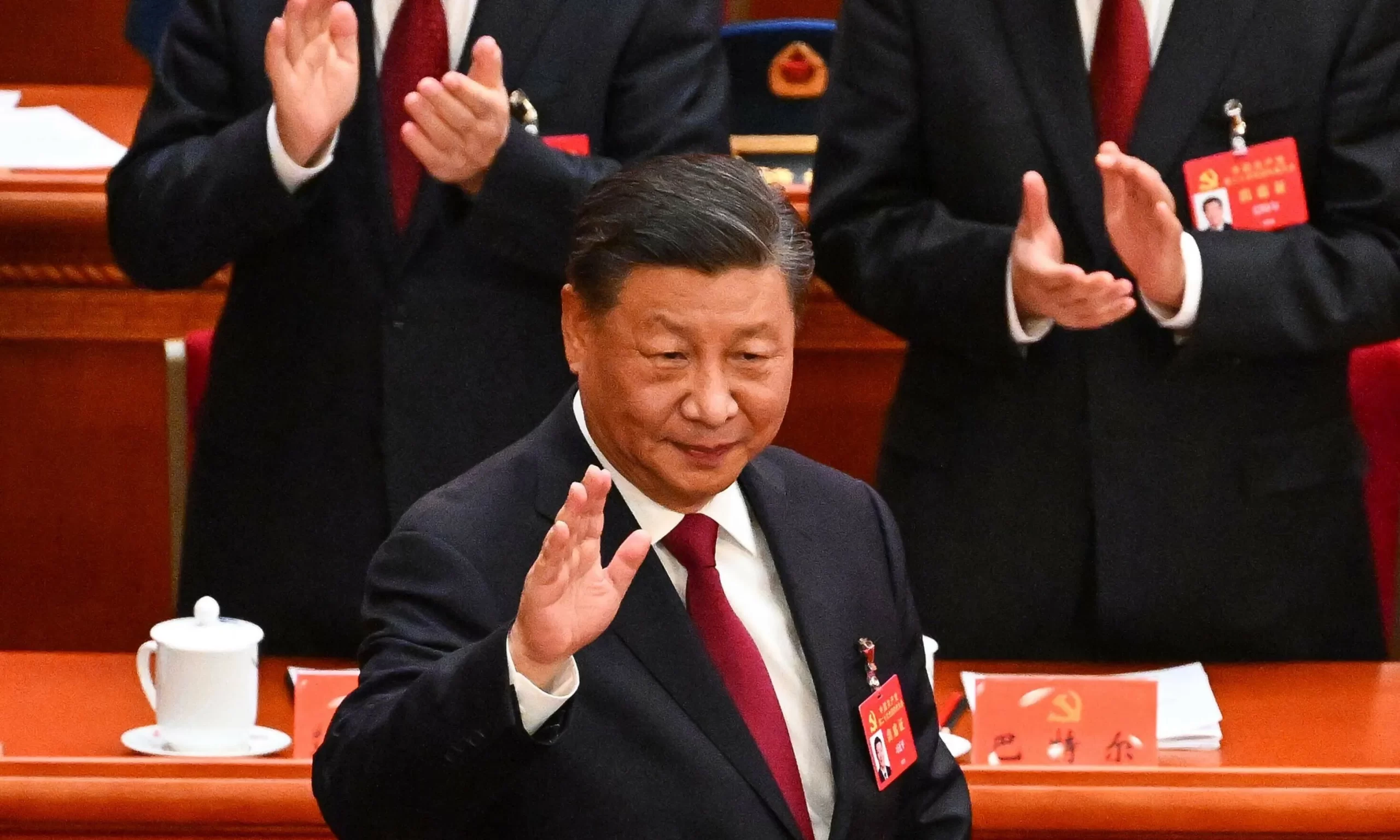Introduction
In a significant stride towards sustainable energy storage, China’s Datang Group has achieved a monumental feat with the activation of the world’s largest sodium-ion battery energy storage system.
- Capacity: The system boasts a storage capacity of 100 megawatt-hours (MWh), which can power roughly 12,000 homes on a single charge .
- Location: The battery storage system is located in Hubei Province, China, and is the first phase of an even larger project with a planned capacity of 200 MWh.
- Benefits: This technology offers advantages like potentially lower costs and wider availability of materials compared to traditional lithium-ion batteries .
- Environmental Impact: The project is expected to reduce CO2 emissions by an estimated 13,000 tons annually
This groundbreaking achievement not only sets a new global standard for energy storage capacity but also underscores China’s commitment to advancing sustainable energy solutions.
Follow us on Twitter here
Background
The global shift towards renewable energy sources has intensified the search for efficient and scalable energy storage solutions.
While lithium-ion batteries dominate the market, concerns over material scarcity, environmental impact, and safety have prompted exploration into alternative technologies.
Sodium-ion batteries have emerged as a promising contender due to their abundant raw materials (sodium being more readily available than lithium), lower cost potential, and reduced fire risk.
These factors make sodium-ion batteries particularly suitable for large-scale energy storage applications like grid stabilization and renewable energy integration.
Read More: $18 billion USD: South Korea Unveils Semiconductor Ecosystem Support Package – techovedas
Project Overview
Located in Qianjiang, Hubei Province, the Datang Hubei Sodium Ion New Energy Storage Power Station has connected its first phase to the grid. It boasts a 50 MW/100 MWh energy storage capacity, the largest globally for sodium-ion batteries.
The project is pivotal in Datang Group’s efforts to bolster grid stability and facilitate renewable energy integration from sources like wind and solar.
Read More: SK Group Aims to Secure $58 Billion by 2026 to Invest in AI and Chips – techovedas
Technical Breakdown
The infrastructure of the Qianjiang project comprises 42 battery energy storage containers, each housing advanced 185 ampere-hour large-capacity sodium-ion batteries manufactured by China’s HiNa Battery Technology.
These batteries are designed to deliver robust performance and reliability, crucial for meeting the demands of a modern energy grid.
Additionally, the project includes 21 sets of boost converters to optimize energy flow and a 110 kV transformer station for efficient power distribution.
This comprehensive setup not only maximizes energy efficiency but also ensures seamless operation and grid stability during peak demand periods.
Significance in Energy Storage
Sodium-ion batteries offer several advantages over traditional lithium-ion alternatives. Besides being cost-effective and utilizing more abundant raw materials, sodium-ion technology is inherently safer due to its reduced flammability risk.
This safety feature is critical for large-scale energy storage systems deployed within urban or densely populated areas.
Moreover, sodium-ion batteries support the transition towards renewable energy by enabling efficient storage and utilization of intermittent renewable sources, thereby reducing reliance on fossil fuels and lowering greenhouse gas emissions.
Challenges and Achievements
The development of the Datang Hubei Sodium Ion New Energy Storage Power Station presented numerous technical challenges, including optimizing battery performance, ensuring compatibility with existing grid infrastructure, and managing operational complexities.
Overcoming these hurdles required extensive research, collaboration among various stakeholders, and innovative engineering solutions.
Datang Group’s successful implementation of this project demonstrates China’s leadership in deploying cutting-edge energy storage technologies at scale, setting a precedent for future global advancements in renewable energy integration.
Environmental and Economic Implications
The launch of the Datang Hubei Sodium Ion New Energy Storage Power Station has significant environmental and economic implications.
It supports increased integration of renewables like wind and solar, reducing carbon emissions and aligning with China’s climate goals.
Economically, it stimulates local economies, creates jobs in renewable energy, and promotes innovation in clean technologies.
Future Prospects
With ongoing research and development efforts, sodium-ion batteries are poised to become a cornerstone of the next-generation energy storage landscape.
Sodium-ion technology offers scalability, safety, and environmental benefits, making it a leader in future energy demands.
Projects like the Datang Hubei Sodium Ion New Energy Storage Power Station showcase innovation and progress towards sustainable energy solutions.
Countries prioritize energy security, grid stability, and sustainability with such advancements.
Conclusion
It’s the world’s largest sodium-ion battery system, proving the viability of this technology. This deployment accelerates the global shift towards sustainable and resilient energy infrastructure.
Future investments in sodium-ion batteries will be crucial for meeting rising energy demands and reducing environmental impacts.








